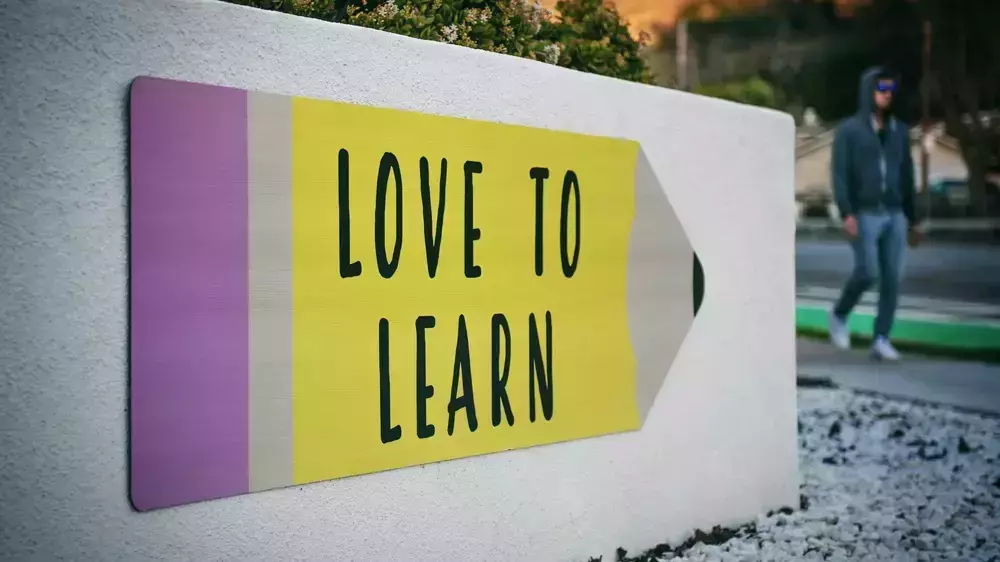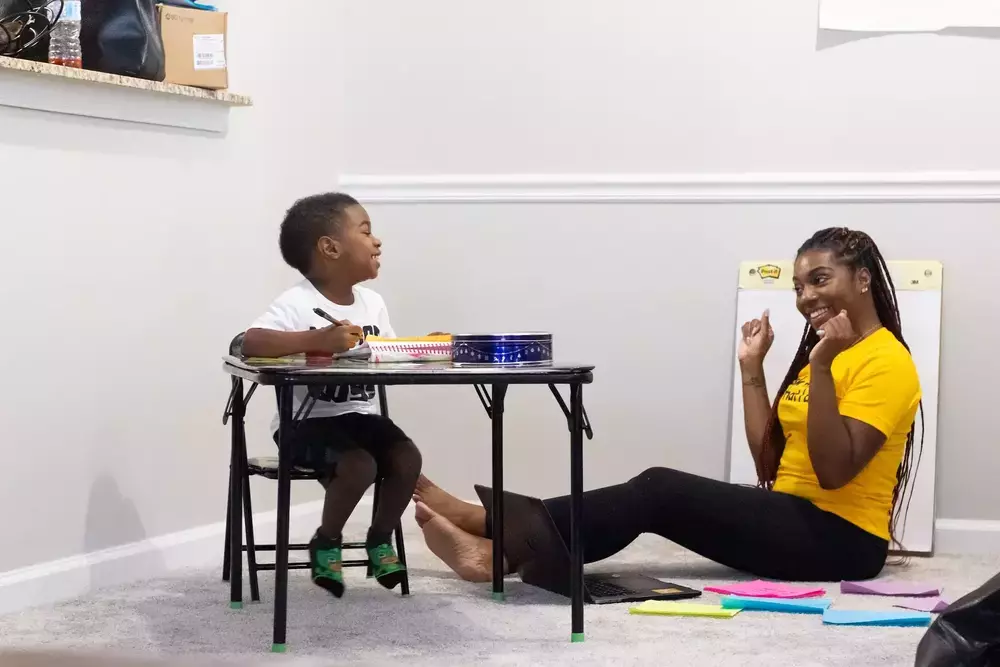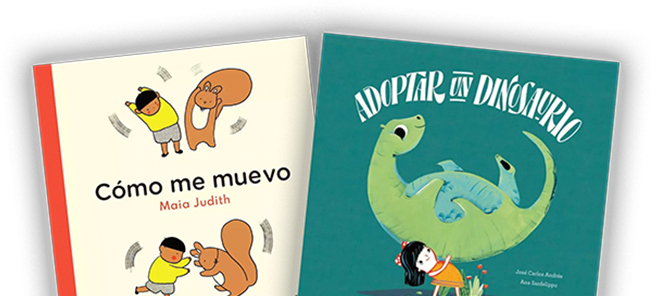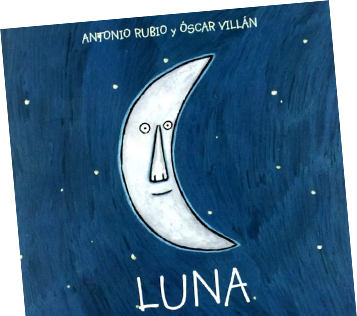
Spanish is for everyone, everywhere. This beautiful language may be America's most studied foreign dialect, but it is far from being just another school subject. By taking Spanish out of the classroom and into your home, you can help your child develop a love for learning that’s rooted in fun.
We hope these activities inspire you and your little one to explore Spanish in new, exciting ways. The best part is that languages are alive like us; there’s no shortage of potential when it comes to implementing their second language into your family routine.
The Importance of Speaking Spanish at Home
In school, children learn the basics of Spanish that teach them how to communicate in a variety of settings. However, there is a downside.
Most school Spanish is limited. It doesn’t always help kids develop a deep connection to the language. And practicing just a few hours a week means they wind up struggling to speak and understand the spoken word.
Many students who excel in Spanish at school find it difficult to communicate in everyday life. This is why bringing the language into the home is important. It helps support their bilingual journey by showing them all the ways their target language can apply in the “real world.”
There is a problem many parents struggle with, however. Their children actively participate in school, but they’re reluctant to speak Spanish outside of the classroom. For Latinx heritage families, this can feel even more frustrating, because you want to share the beauty of your family’s culture with them.
Why are some children so hesitant to speak a second language? It could be lack of exposure in the home, which leaves them feeling unmotivated.
In school, kids watch videos, listen to songs, and do activities in Spanish that make it easier to connect with the language. At home, they may struggle to find ways to engage with it.
So, the best way to make them more excited to speak Spanish is to bring the Spanish to them!

How to Teach Kids Spanish at Home
Our number-one tip is to use what your kid loves to make Spanish feel more meaningful to them. Whether it’s video games, TV shows, sports, or books, there are plenty of chances to bring the language into their lives.
Read Spanish Books Together
Making Spanish language learning a family activity can bring everyone closer together. And reading fun stories as a group can also make your child less self-conscious about speaking it on their own.
Because so many students only learn Spanish in school, speaking it outside the classroom can feel like homework. Spanish children’s books help break that mindset. Filled with diverse voices, characters, and experiences, they’re one of the best ways to explore Spanish together.
There are also bilingual children’s books that include Spanish and English text. Instead of rapidly Googling what a word means, non-fluent parents can enjoy learning alongside their children.
Authentic Spanish books have the added benefit of introducing kids to Latin American culture. They learn new customs, places, and traditions that help them see Spanish beyond school.
Play Spanish Games
The power of play is transformative in bilingual kids. Engaging with the language in games makes it easier for them to build personal connections to Spanish. You can also easily adjust games to suit your child’s level.
For example, with a preschooler, you may play a simple color game that involves calling out a color in Spanish, then having them find something in the house in that color.
You can also play charades using Spanish verb flashcards, or go on a scavenger hunt with all the clues written en español.
If your child plays video games, you can often switch the language of their favorite title to Spanish. Because they already know the interface well, it will be easier for them to build their vocabulary through context clues.
Use Labels
“Can you get me a tenedor, please?”
“Time to make your cama.”
Make Spanish words easier to recall by making fun labels and taping them on various household objects. Once your little one masters the basics, you can make labels for less common items.
Labels are a great way to support an early learner’s language development, especially by writing an English translation underneath. This promotes both bilingual comprehension and reading fluency in one go.
Listen to Music in Spanish
YouTube is a treasure trove of fun Spanish songs for kids. From counting to colors, animals to seasons, you’ll have no trouble finding a canción that your child will love. Most of them also have great cartoon videos that are entertaining and educational.
In the afternoon, why not burn all that extra energy with a living room dance party?
Music is a powerful learning tool because it helps children master grammar concepts and pronunciation. It’s also great for preschoolers because it boosts listening and speaking skills, enhances learning, and increases memory.
Here’s a great suggestion for incorporating music into your toddler’s daily routine:
- Write down some song lyrics in Spanish, so they’re easier to memorize.
- Include an instrument with each song, like a small drum or tambourine.
- Play one song each day of the week in a Spanish “circle time” that includes this greeting song, the Spanish alphabet, and your song of the day.
Explore Subjects They Love
Is your child a huge dinosaur fan? Maybe they’re a major animal lover or fascinated by space. Wherever their passions lie, follow them! By drawing inspiration from your child’s favorite subjects, you can make learning Spanish instantly more rewarding for them.
Consider picking up some kid’s Spanish books on topics they love to get the conversation started. They’ll likely become favorites your child picks up over and over again.
Get Started With Authentic Spanish Books
How do you know if a book truly provides the best language experience? It will draw elements from Latin American & Spanish culture to enrich the story for its listeners. At Sol Book Box, we offer monthly collections shipped to your doorstep. Our books support readings from infancy through elementary school. Learn more here!




